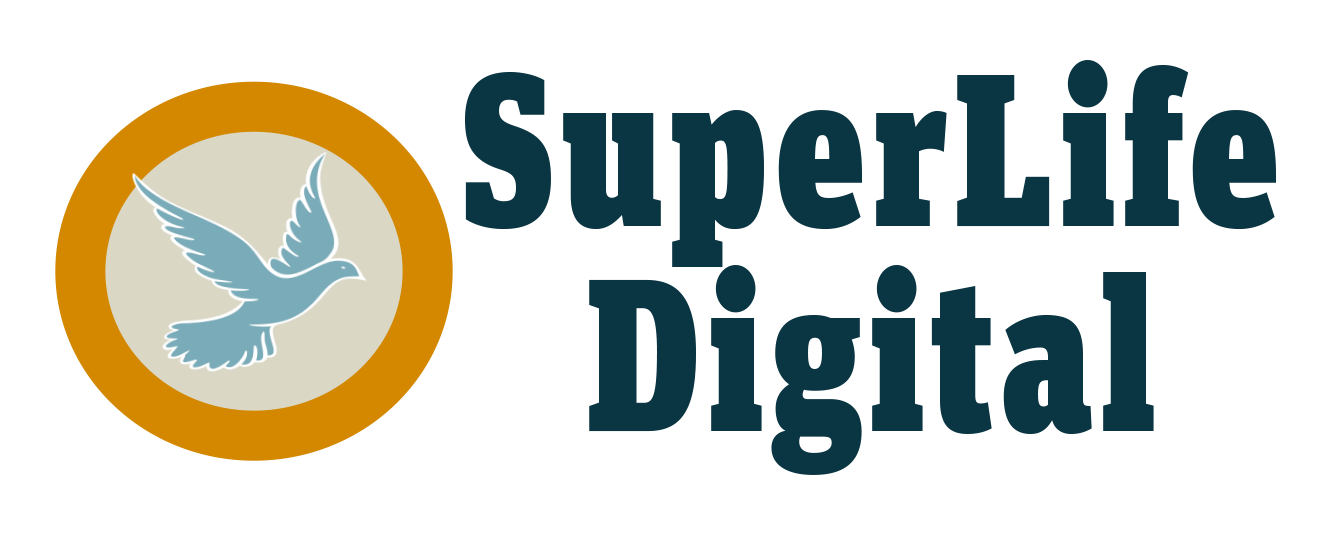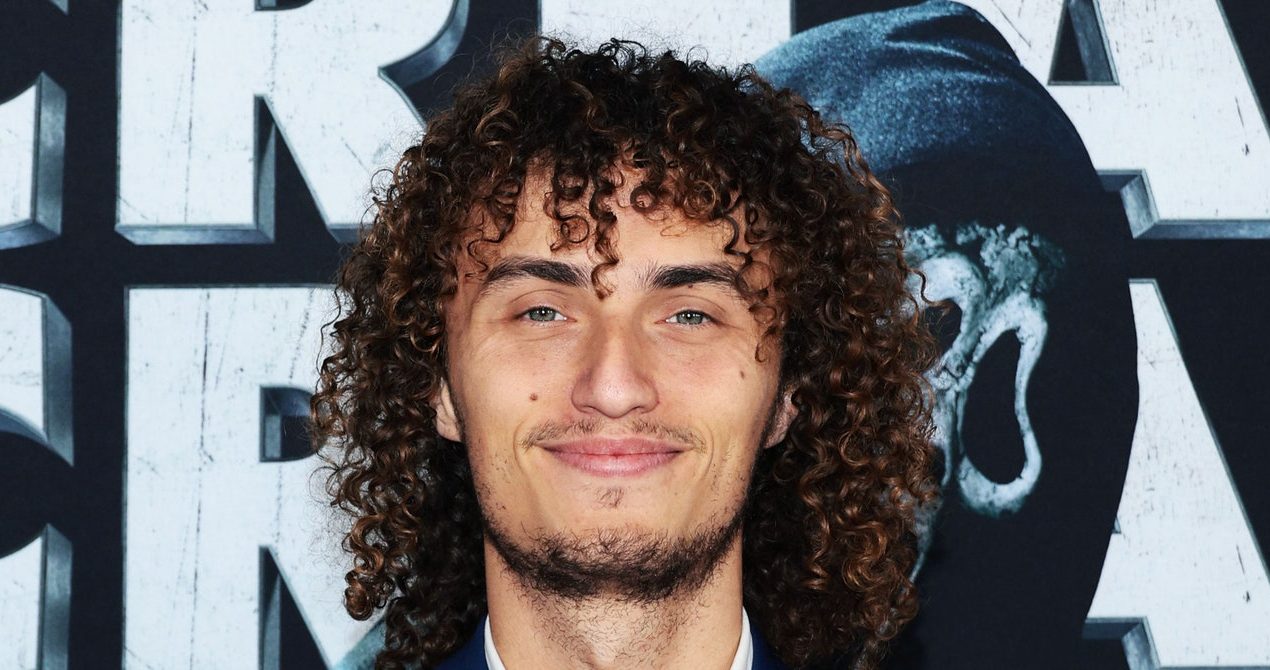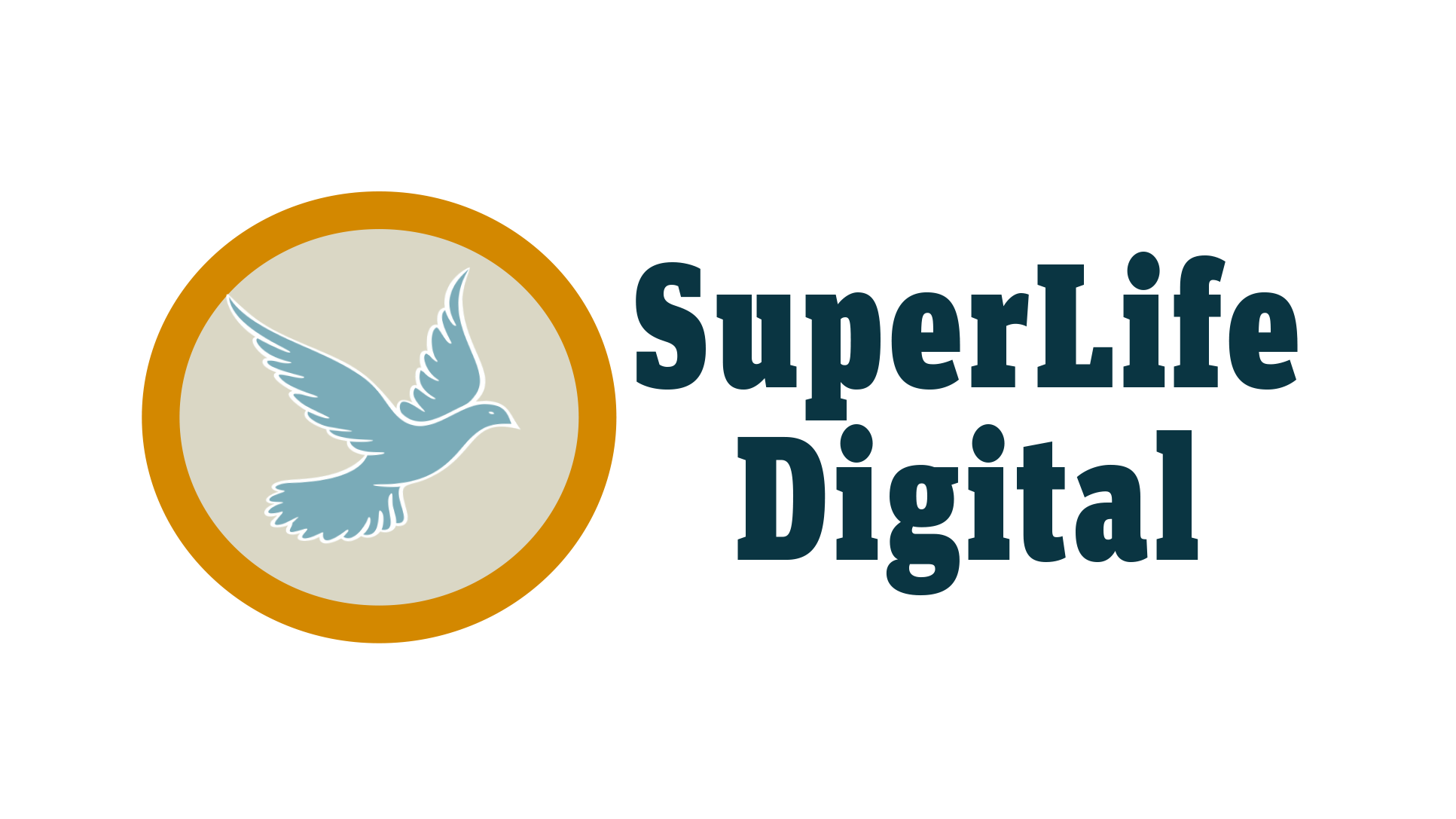“In this industry, it’s like you’re starting this company, but the company solely relies on this one individual to be able to perform,” he says. “And that is absolutely a horrible business model. It’s way too high-risk.”
Van Den Bussche and his creative team began trying to reverse engineer what made creators successful. “We started testing a lot of theories on this,” he says. “We needed evidence: How much does the voice influence the performance with the fans? How much does the face influence it? How much does the content influence it?”
In April 2021, Van Den Bussche launched a YouTube channel with a virtual YouTuber (vtuber) called Bloo that he developed, powered by AI. Since then, Bloo has gained 775,000 subscribers, with each video watched by tens of thousands or hundreds of thousands of viewers. “He’s a completely virtual influencer with a protocol and set steps and a bunch of AI and machine learning applications involved in the system,” he says. “Now we’re applying that model to my IP and my friends’. It includes voice cloning, so it sounds like me.”
The Kwebbelkop videos made by AI—the first of which dropped on Tuesday—are powered by models trained on Van Den Bussche’s existing content. “It’s modeled after me and my creativity and my input,” he says. “Everyone thinks I’m retiring as a creator and letting this AI run, but I’m not retiring as a creative.”
While not retiring, Van Den Bussche is happy to replace himself in the creative process with the AI he’s been working on. “We’ve seen a lot of success with these systems,” he says. “I’m very confident that they can reproduce creativity—so much so that I’m willing to bet my entire business on it.” As of this writing, the AI video he released Tuesday has nearly 3,000 views. He claims to have a wait list of 500 influencer friends within the industry eager to adopt his AI tools, though he can’t give them access until the cost of creating new videos drops to an economical level, which he believes will happen as technology advances.
“This presents an entirely new option for creators to essentially clone themselves and continue without worrying about aging, gaining weight, or otherwise evolving in any way that could alienate certain segments of their audience,” says Lia Haberman, an influencer marketing expert and instructor at UCLA.
However, Haberman isn’t fully convinced audiences will want to embrace AI-generated creators as readily as the creators themselves are. Their appeal “is their humanity and ability to create these parasocial relationships with their audience where people either relate to them or aspire to become them,” she says. “A virtual influencer will only ever present as entertainment, at least until we get to sentient beings.”
Nevertheless, Van Den Bussche hopes that it’ll encourage those who previously stepped away from online video because of the stresses involved. “That’s the one really big use case we’re focusing on right now,” he says. “People who have an existing brand, want to continue this existing brand, but are facing a human problem like the one we had. Every YouTuber and every influencer who has ever retired has experienced that,” he says.
Source




